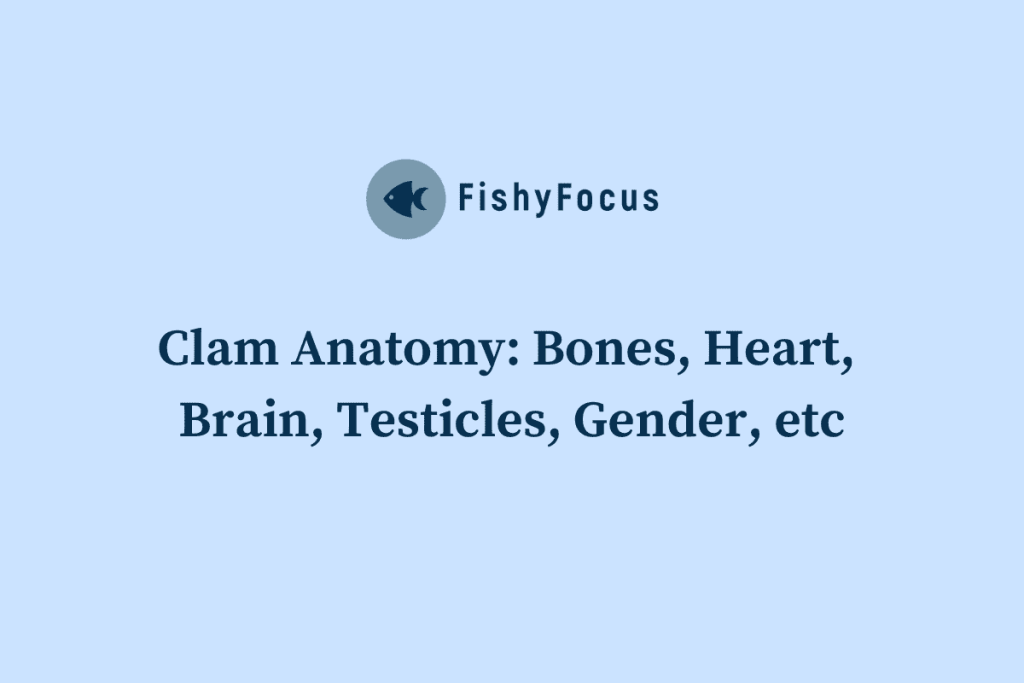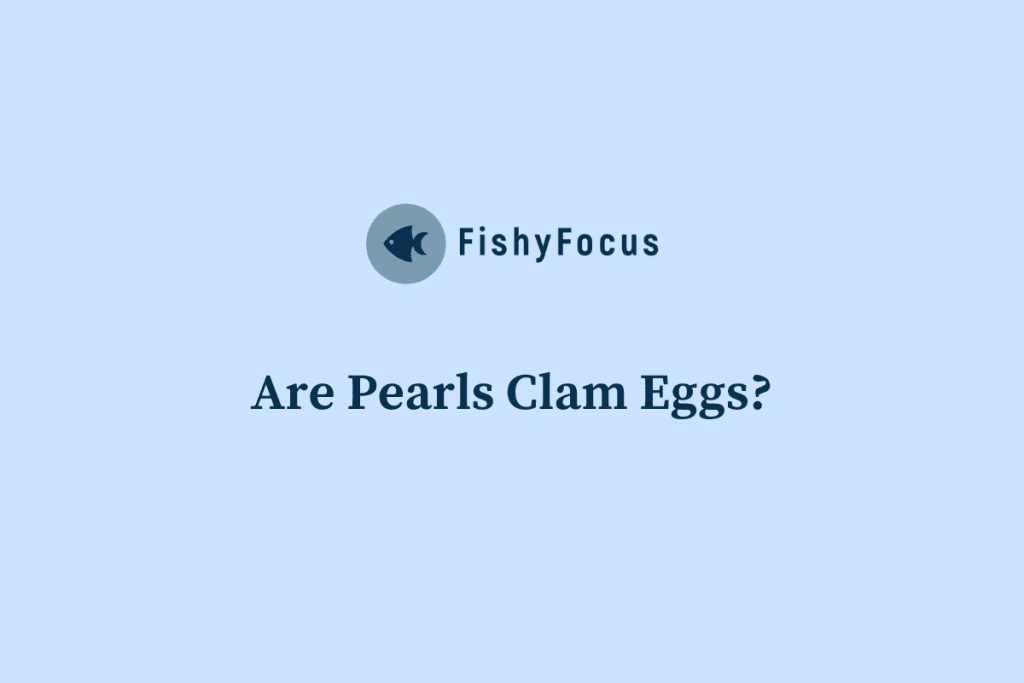Clams are bivalve mollusks that are found in both freshwater and marine environments. They are known for their hard shells and soft bodies, which are protected by the shells. Clams are filter feeders, meaning they obtain their food by filtering water and extracting nutrients from it. They play a crucial role in the ecosystem as they help maintain water quality by filtering out impurities and excess nutrients.
Clams can be found in a variety of habitats, including sandy beaches, mudflats, and rocky shores. They are often found buried in the sediment, with only their siphons exposed to the water above. This allows them to filter feed while remaining protected from predators. Clams are also able to tolerate a wide range of environmental conditions, including changes in temperature, salinity, and oxygen levels.
Key Takeaways
- Clams are bivalve mollusks that live in a variety of aquatic environments.
- Clams have a simple anatomy and physiology, but are able to filter feed and reproduce efficiently.
- Clams are able to move using their muscular foot and can respond to environmental cues.
- Clams have evolved various escape mechanisms to avoid predators, including burrowing and shell closure.
- Human activities such as overfishing and pollution can have negative impacts on clam populations and their ability to escape predators.
Clam Anatomy and Physiology
Clams have a unique anatomy that allows them to survive in their environment. They have a two-part shell made of calcium carbonate, which provides protection for their soft bodies. The shells are connected by a hinge ligament, allowing the clam to open and close its shell.
Inside the shell, clams have a muscular foot that they use for digging into the sediment and for movement. They also have two siphons, one for taking in water and food particles, and the other for expelling waste. The siphons are surrounded by sensory tentacles that help the clam detect changes in its environment.
Clams have a simple nervous system that allows them to respond to stimuli in their environment. They also have a circulatory system that pumps oxygenated blood throughout their bodies. Their digestive system consists of a mouth, stomach, and intestine, where food is broken down and nutrients are absorbed.
Clam Behavior and Movement
Clams have limited mobility due to their burrowing lifestyle. They use their muscular foot to dig into the sediment and anchor themselves in place. When they need to move, they extend their foot and contract the muscles, pulling themselves forward. This movement is slow and requires a lot of energy, so clams typically only move short distances.
Clams also exhibit behavior that helps them survive in their environment. For example, they can sense changes in water quality and adjust their feeding behavior accordingly. They can also detect predators and respond by closing their shells or burrowing deeper into the sediment.
Factors such as temperature, salinity, and oxygen levels can also influence clam behavior. Clams are ectothermic, meaning their body temperature is determined by the surrounding environment. They are most active when water temperatures are optimal for their metabolism.
The Science of Clam Escape Mechanisms
Clams have developed various escape mechanisms to avoid predation. One common mechanism is the ability to quickly close their shells when they sense a threat. This allows them to protect their soft bodies from potential predators. Some clams can close their shells with such force that it becomes difficult for predators to pry them open.
Another escape mechanism used by clams is burrowing into the sediment. By digging into the substrate, clams can hide from predators and reduce their chances of being detected. This behavior is often triggered by the presence of predators or other disturbances in the environment.
Some clams also have the ability to release a cloud of mucus or ink when threatened. This can confuse predators and give the clam an opportunity to escape. The mucus or ink may also contain chemicals that deter predators from attacking.
The Role of Predators in Clam Survival
Clams have a number of natural predators that feed on them. These include birds, fish, crabs, and other marine invertebrates. Predators play an important role in regulating clam populations and maintaining ecosystem balance.
Predation can have a significant impact on clam populations. When predator populations are high, clam populations may decline as a result of increased predation pressure. This can have cascading effects on the ecosystem, as clams are an important food source for many other organisms.
Predators can also influence clam behavior and distribution. Clams may avoid areas where predators are abundant, leading to patchy distributions within their habitat. This can affect the overall health and diversity of the ecosystem.
Clam Adaptations for Survival
Clams have evolved a number of adaptations that help them survive in their environment. One important adaptation is their hard shells, which provide protection from predators and physical damage. The shells are made of calcium carbonate, which is strong and durable.
Clams also have a strong muscular foot that allows them to anchor themselves in place and burrow into the sediment. This helps protect them from predators and provides stability in their environment.
Some clams have developed specialized structures that allow them to filter feed more efficiently. For example, some species have long siphons that can extend above the sediment, allowing them to access food particles in the water column more easily.
Clam Intelligence and Problem-Solving Abilities
While clams may not be known for their intelligence, they do possess some problem-solving abilities. Studies have shown that clams are capable of learning and memory formation. They can learn to associate certain stimuli with rewards or punishments and adjust their behavior accordingly.
Clams have also been shown to exhibit complex behaviors in response to environmental changes. For example, they can detect changes in water quality and adjust their feeding behavior accordingly. They can also detect predators and respond by closing their shells or burrowing deeper into the sediment.
While clam intelligence may not be comparable to that of more complex organisms, such as mammals or birds, they do possess a level of cognitive ability that allows them to survive and thrive in their environment.
Studies on Clam Escape and Survival Rates
Several studies have been conducted to investigate clam escape and survival rates. These studies have provided valuable insights into the factors that influence clam survival and the effectiveness of their escape mechanisms.
One study found that clams were more likely to survive when they were able to close their shells quickly in response to a predator. Clams that were unable to close their shells or had slower response times were more likely to be preyed upon.
Another study found that the presence of predators can influence clam behavior and distribution. Clams were more likely to burrow into the sediment or close their shells when predators were present. This behavior helped reduce their chances of being detected and preyed upon.
Overall, these studies have shown that clam escape mechanisms are effective in reducing predation risk and increasing survival rates. However, the effectiveness of these mechanisms can vary depending on the specific predator-prey interactions and environmental conditions.
Human Impact on Clam Populations and Escape Abilities
Human activities can have a significant impact on clam populations and their ability to escape from predators. Overfishing, pollution, habitat destruction, and climate change are some of the main threats facing clam populations worldwide.
Overfishing can deplete clam populations, making them more vulnerable to predation. When predator populations are not regulated by natural prey availability, they can increase and put additional pressure on clam populations.
Pollution, such as oil spills or chemical runoff, can also harm clams and reduce their ability to escape from predators. Toxic substances can interfere with their physiological processes and impair their ability to respond to threats.
Habitat destruction, such as dredging or coastal development, can destroy clam habitats and disrupt their natural behaviors. This can make it more difficult for clams to find suitable places to burrow or hide from predators.
Climate change is another major threat to clam populations. Rising sea temperatures, ocean acidification, and changes in water chemistry can all impact clam survival and their ability to escape from predators. These changes can disrupt the delicate balance of the ecosystem and have far-reaching consequences.
Future Research and Conservation Efforts for Clams
There is still much to learn about clams and their role in the ecosystem. Future research should focus on understanding the specific mechanisms that clams use to escape from predators and how these mechanisms are influenced by environmental factors.
Conservation efforts for clam populations should prioritize protecting their habitats and reducing human impacts. This can be achieved through the establishment of marine protected areas, sustainable fishing practices, and pollution control measures.
Protecting clam populations is not only important for their own survival but also for the health of the entire ecosystem. Clams play a crucial role in maintaining water quality and providing food for other organisms. By conserving clam populations, we can help ensure the long-term health and sustainability of our oceans and coastal ecosystems.
FAQs
What are clams?
Clams are bivalve mollusks that live in saltwater or freshwater environments. They have two shells that protect their soft body and are filter feeders.
Can clams move?
Yes, clams can move, but they are not very mobile. They use their muscular foot to burrow into the sand or mud and can also use it to move short distances.
Can clams escape from predators?
Clams have a few defense mechanisms to protect themselves from predators, such as closing their shells tightly or burrowing deeper into the sand or mud. However, they cannot escape from predators that are able to dig them out or break their shells.
Can clams escape from human harvesting?
Clams cannot escape from human harvesting, as they are usually dug out of the sand or mud using tools such as rakes or shovels. However, some areas have regulations in place to limit the amount of clams that can be harvested to protect the population.
Do clams have brains?
Clams do not have a centralized brain like humans do, but they do have a nervous system that allows them to sense their environment and respond to stimuli.



